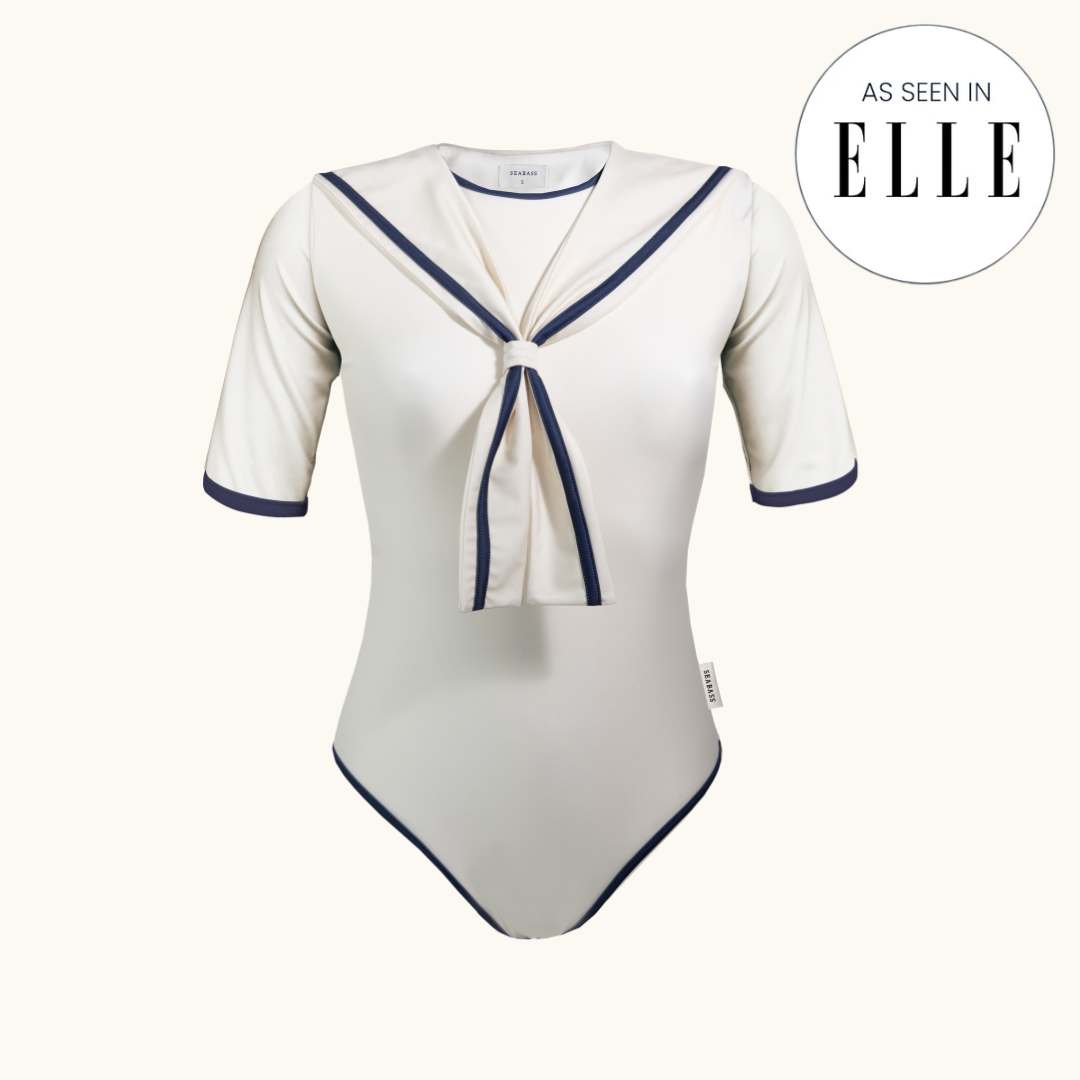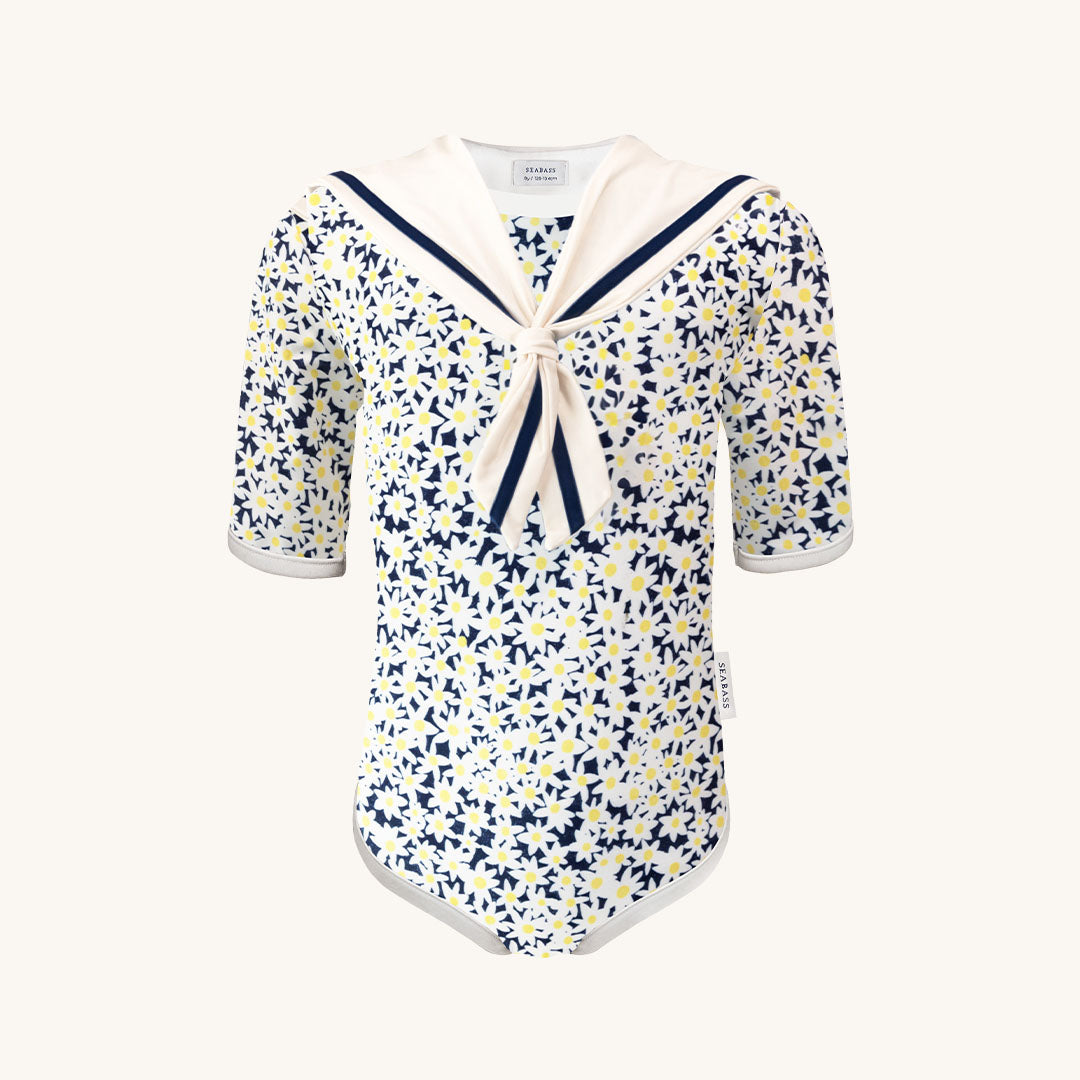
As we started researching our new project, we naturally thought a lot about the ocean. Not only the pleasure it brings and the food it provides us but also its dual roles: as the planet’s lungs—generating 50% of the oxygen we need; and as its largest carbon sink—absorbing 25% of all carbon dioxide emissions. We learned about the vast plastics crises choking our oceans and impacting marine life. Home, or, more specifically, family, is a central theme in what I wish to share with you. These are the themes of finding your purpose, what luxury means today in climate change, and doing the right thing.


Sitting at my desk overlooking Port Ginesta harbor in Barcelona to write this piece, I reflected on the recent unprecedented rainfall that caused such terrible devastation in the Valencia region of Spain. Even here in Barcelona, we didn’t entirely escape, but for us, it was just heavy rain, and the damage was only financial.
It’s a stark reminder that extreme weather events are becoming more frequent and less predictable, and that impact is felt closer to home than many imagined.
Home, or, more specifically, family, is a central theme in what I wish to share with you. These are the themes of finding your purpose, what luxury means today in climate change, and doing the right thing.
There is no denying that expectations of luxury are changing. No longer is it enough to create products that prioritize exclusivity; there is a growing sense that the luxury sector has a role beyond merely preserving skills and craftsmanship to also leading the field in conserving resources and taking decisions less harmful to nature. Indeed, we take pride in our commitment to nature-based sustainability targets and raising awareness of the fashion industry’s impact on biodiversity.
At Seabass, doing the right thing has meant baking sustainability into the foundations of our young business almost as a point of hygiene—something that is a ‘must do.’ We have one planet, and its resources are finite—the human population is not only consuming them at an unsustainable rate, but we are also damaging the natural world to such an extent that it’s struggling to repair itself.
Of course, each of us has a frame of reference that influences our choices and the causes we champion. We found our purpose while on a family holiday at Miami Beach with our then-only son Bass—the ocean. By the time we left our vacation, we knew we wanted the luxury of being able to enjoy our time by the ocean, making valuable memories without worrying about our son burning, and we also wanted to create something that would not look out of place in the iconic hotels of the world. At the same time, we were thinking about the environmental legacy that our children would inherit. So our take on luxury became about the joy and privilege of enjoying time spent together in nature and the importance of preserving that nature for future generations.
All this thinking led us to create a luxury swim and resortwear brand that would provide UV protection without compromising style while making the least impact possible.

The Ellen MacArthur Foundation, a globally respected charity that works with businesses and education to accelerate the transition to a circular economy, predicted one tonne of plastic in the ocean for every three tonnes of fish by 2025. Around 40% of plastic waste that makes its way into the ocean is from packaging, while 20% to 30% comes from marine sources such as ghost fishing nets, lines, ropes, and abandoned vessels. According to a 2018 study in Scientific Reports, ghost fishing nets make up at least 46 percent of the Great Pacific Garbage Patch.
Abandoned fishing nets are made of nylon or other plastic compounds that can last centuries. Even when they eventually break down, they never go away. They just become smaller pieces of plastic, microplastics. Marine animals ingest it, and it not only harms them but also ends up in the food chain.

A further 9% of the plastic found in the ocean can be attributed to microfibers shed when we wash our clothes. Unsurprisingly, around 60% of clothes produced annually are effectively plastic. While fast fashion isn’t solely to blame, it is the sector that relies most heavily on cheaply priced manmade fibres such as acrylic and polyester. Washing these clothes causes around half a million tonnes of plastic microfibers to be released into the ocean yearly—the equivalent of almost three billion polyester shirts.
This is a vast topic; as individuals, we can feel like minnows. However, there are things that every one of us can do to improve the situation. Purpose and personal values are so heavily intertwined—you can’t solve every problem, so channel your energies into what matters most to you.
Firstly—something we can all do—avoid consuming single-use plastics wherever possible. Since plastics never disappear, the next best thing is to support the circular economy wherever possible and choose items made from recycled ocean plastics. It’s possible to find many products on the market today that are made using recovered plastic—not just from the ocean, but from Bluetooth speakers and water bottles to table mats. For us, this is where SEAQUAL comes in. SEAQUAL is made using marine litter, including recovered ghost fishing nets, gathered from various sources, including the coasts of Tunisia. In partnership with three other brands, Seabass has contributed to purchasing a recycling machine that shreds plastic, making it easier to transport than bulk plastic waste. It is then shipped to Spain, where we make our garments in a family-run Fairtrade factory. When we found this luxury-feeling yarn, we knew it was the material we had to choose for our collections. We made this choice knowing that we did not have to compromise on luxury feel or aesthetics—our customers are always surprised by how soft and smooth our fabrics are when they realize it’s essentially derived from waste.
Secondly, follow the upcoming United Nations–led negotiations for an international treaty to end global plastic pollution taking place later this month from 25 November through 1 December in Busan, North Korea. Add your signature to gathered petitions that will increase pressure on governments and businesses worldwide to back the treaty. For example, if you are a business owner or have friends or family who run a business, encourage them to sign the Business For Plastics Treaty jointly organized by the Ellen MacArthur Foundation and the WWF.
Use a washing bag such as Guppy Friend to pop your clothes in before entering the machine or a laundry ball such as the Cora Ball. Guppy bags can reduce microfiber release by 86 percent and capture the microfibers that do break free, while makers of Cora Ball say that if 10% of U.S. households used the ball when they do laundry, it would prevent the equivalent of 30 million water bottles from entering waterways per year.
Retrofitting old laundry machines with a microfiber-catching device can capture fibres before they enter the environment—the technology is still relatively new and not optimum. However, it is still better than not doing anything.
Quite simply—washing your clothes less. Fabrics that have been washed often will shed more microfibers than when new. If you have a top-loading washing machine that needs replacing, buy a front loader instead, as these have been proven to cause lower microfiber shedding.
When buying clothes, research before you buy them and prioritize buying from companies making a conscious effort to reduce their impact. Choose natural fibres over synthetics when buying clothes that are not specialized for sportswear or swimming.
Raise awareness of the issue in your local community by whatever means you can to empower people to make more informed choices through fun and educational activities. This might mean activating your creativity—I read recently about an artist using thousands of single-use straws to create a sculpture in a shopping mall. I learned about a marine research project in Iceland that invested in machinery to turn found plastic into plant pots and used it to run community workshops for schoolchildren. It’s your turn now.
shop our collection










